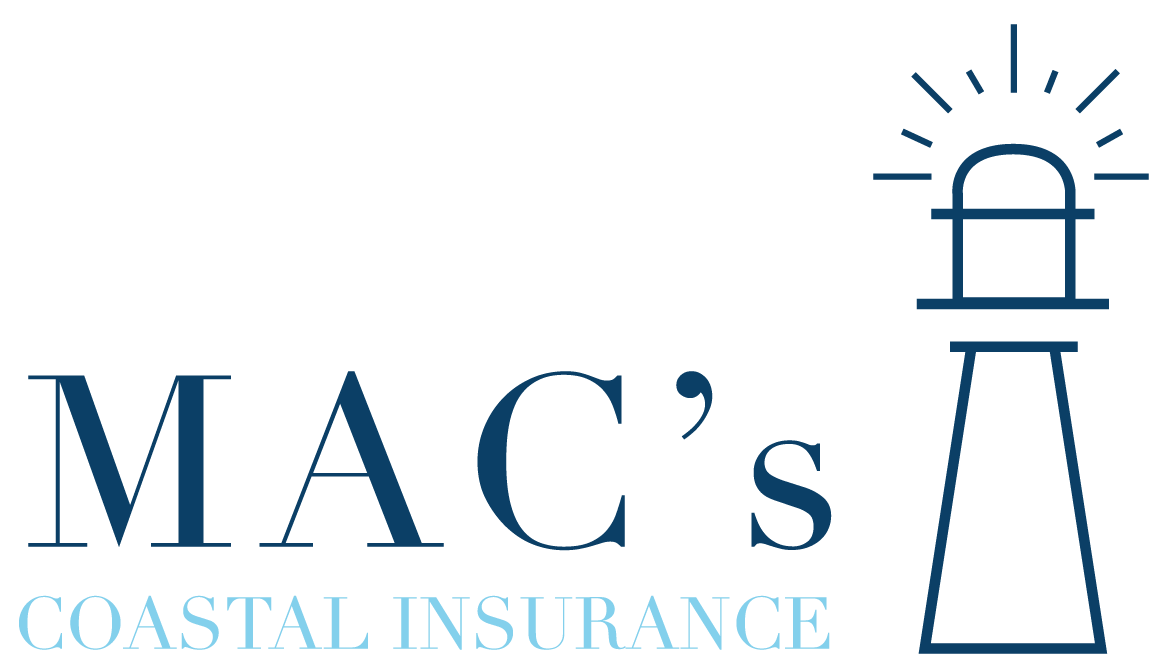There are several types of homeowners insurance policies, each designed to meet different needs and provide varying levels of coverage. Here are some common types:
- HO-1 (Basic Form):
•Provides basic coverage for named perils such as fire, lightning, windstorms, hail, explosions, riots, theft, and vandalism.
•Limited coverage and not widely used due to its basic nature.
- HO-2 (Broad Form):
•Covers a broader range of perils than HO-1.
•Typically includes coverage for perils such as falling objects, ice and snow weight, household systems freezing, and accidental discharge or overflow of water or steam.
- HO-3 (Special Form):
•The most common type of homeowners insurance.
•Provides coverage for the dwelling and other structures on an open-perils basis (coverage for all perils unless explicitly excluded), while personal property is covered on a named-perils basis.
•Liability coverage is included.
- HO-4 (Renters Insurance):
•Designed for renters rather than homeowners.
•Provides coverage for personal property against named perils and liability coverage but does not cover the structure itself.
- HO-5 (Comprehensive Form):
•Offers the same coverage as HO-3 but with broader coverage for personal property, covering it on an open-perils basis.
•Typically, more expensive due to the enhanced coverage.
- HO-6 (Condo Insurance):
•Designed for condominium owners.
•Covers personal property and the interior of the condo unit, as well as liability coverage.
•The condo association’s master policy usually covers the building’s structure and common areas.
- HO-7 (Mobile Home Insurance):
•Tailored for owners of mobile or manufactured homes.
•Similar to an HO-3 policy but adjusted for the unique characteristics of mobile homes.
- HO-8 (Older Home Insurance):
•Designed for older homes where the replacement cost may be higher than the market value.
•Covers the home at its actual cash value, considering depreciation.
It is important for homeowners to carefully review and understand the terms, coverage limits, and exclusions of their chosen policy. Additionally, insurers may offer endorsements or additional coverage that can be added to a standard policy to address specific needs or concerns. Homeowners should work with their insurance agent to tailor their coverage to their individual circumstances.
